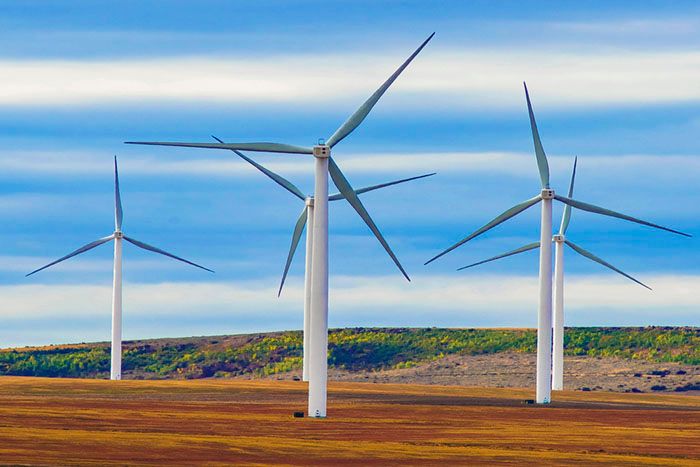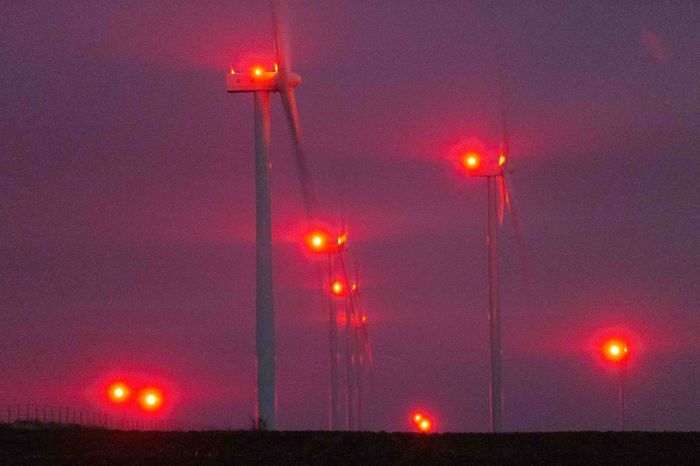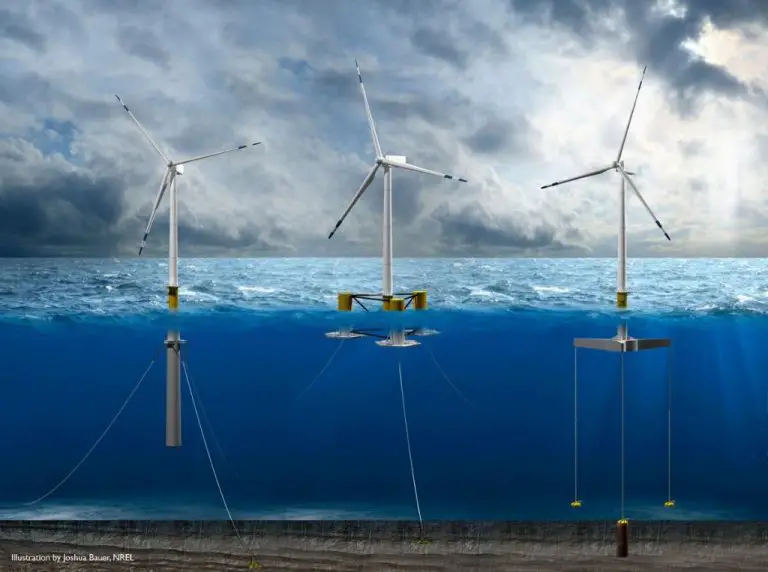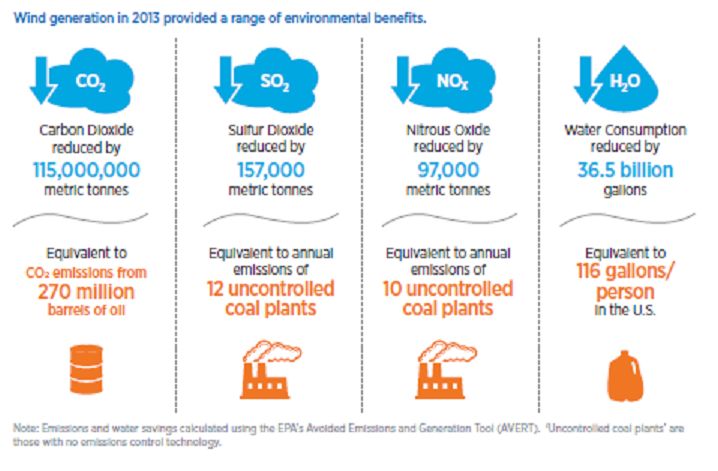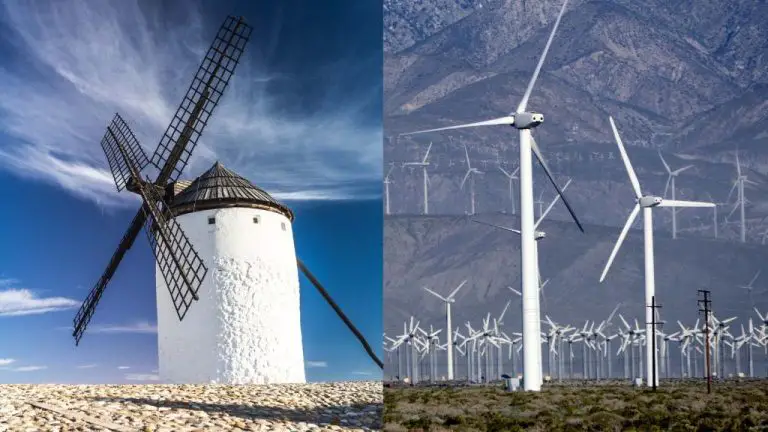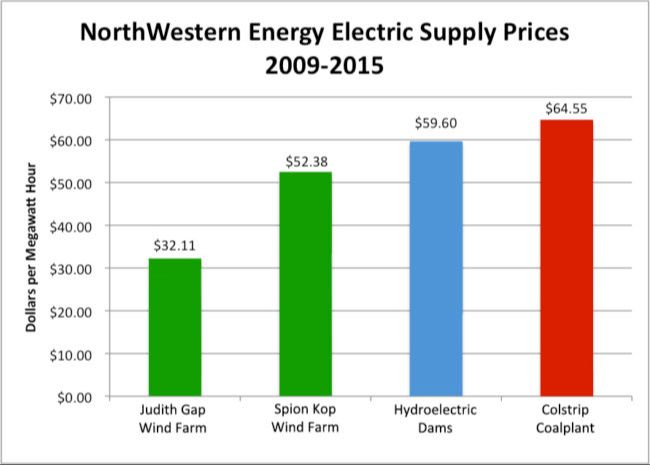What Is Called Wind Power?
What is Wind Power?
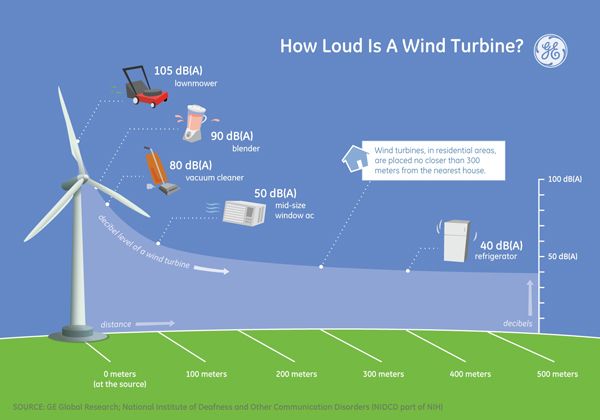
Wind power refers to the process of harnessing wind energy and converting it into electricity using wind turbines. Wind turbines convert the kinetic energy in wind into mechanical power. This mechanical power generated by the turbine is then converted into electricity using a generator.
According to the U.S. Department of Energy, “Wind power or wind energy describes the process by which the wind is used to generate mechanical power or electricity” (https://windexchange.energy.gov/what-is-wind). In essence, wind power utilizes the naturally occurring energy in wind to generate clean and renewable electricity.
Wind turbines use blades to collect the wind’s kinetic energy. When wind blows past the blades, lift is created – similar to the effect on airplane wings. The blades start to turn, spinning a shaft inside the nacelle which connects to a generator that creates electricity. So wind power converts the natural kinetic energy of the wind into useful rotational energy for electricity generation.
History of Wind Power
Wind power has been utilized for thousands of years. The earliest known use was by the Persians around 200 BC, who used simple wind-powered pumps to provide water. The first wind-powered machines used sails to grind grain and draw water up from wells, like in the Middle East during the 7th century AD. These early windmills had vertical axes with the sails attached directly to the central shaft. https://www.eia.gov/energyexplained/wind/history-of-wind-power.php
The first electricity-generating wind turbine was built in Scotland in July 1887 by Professor James Blyth. His 10-meter high tower used canvas sails rotating a shaft to power lights in his holiday home. During the early 1900s, wind turbine use declined until a resurgence in the 1970s and 80s when new technology allowed efficient generation of electricity. Government incentives in the USA led to rapid growth in the wind industry during the 1990s. https://www.energy.gov/eere/wind/history-us-wind-energy
How Wind Turbines Work
Wind turbines convert the kinetic energy in wind into mechanical power to generate electricity. The key components involved in this process are the rotor blades, gearbox, and generator. The rotor blades, which resemble airplane wings, use the aerodynamic force of the wind to spin the rotor. The rotational speed of the rotor is quite low, typically between 10-20 RPM. The gearbox is used to increase this rotational speed to between 1000-1800 RPM, the optimal speed for the generator. Finally, the generator converts this mechanical rotational energy into electrical energy using electromagnetic induction. In this way, the generator acts like an ordinary electrical motor working backwards – instead of converting electrical energy into rotational energy, it converts rotational energy into electrical energy.
Types of Wind Turbines
There are two main types of wind turbine designs: horizontal axis and vertical axis [1].
Horizontal axis wind turbines have blades that rotate perpendicular to the ground. This is the most common design and includes 2 or 3 blades that face into the wind. Horizontal axis turbines can have blades up to 60 meters long and are usually pointed into the wind by computer controlled motors [2].
Vertical axis wind turbines have blades that rotate parallel to the ground. There are two main types: Savonius which has scooped blades and Darrieus which has curved blades. Vertical axis turbines typically have shorter blades and work well in turbulent winds. However, they produce less energy compared to horizontal designs so they are less common [2].
Offshore vs Onshore Wind Farms
Offshore wind farms are installed in bodies of water, usually oceans, lakes or rivers. They utilize stronger and more consistent winds compared to onshore wind farms, leading to higher energy generation. According to National Grid, offshore wind farms can generate up to 50% more electricity than onshore farms.[1]
On the other hand, onshore wind farms are installed on land. They are generally easier and cheaper to construct and maintain because of their accessibility. Transportation costs are lower for onshore wind turbines and farms. However, suitable onshore sites with strong enough winds are becoming limited.
Overall, offshore wind farms produce more renewable energy but are more expensive to build and operate. Onshore farms are cheaper but produce less energy. There is a role to play for both offshore and onshore wind power in the renewable energy mix.
Wind Power Capacity
Global wind power capacity reached over 906 gigawatts (GW) by the end of 2022, according to the Global Wind Energy Council Global Wind Report 2023. This represents a year-on-year growth of 9%. The top countries for total installed wind capacity are China, the United States, Germany, India and Spain. China leads with over 346 GW, accounting for 38% of global capacity. The United States has over 168 GW installed. In terms of growth, China installed nearly 57 GW of new capacity in 2022. The United States added over 14 GW and Brazil added over 3 GW. Europe overall added just under 20 GW of new wind power in 2022. Offshore wind power is also growing rapidly, with over 58 GW installed globally, led by China, the UK and Germany.
Wind power capacity has grown substantially over the past decade. According to the International Energy Agency IEA Wind Statistics, global wind capacity has increased over 5 times since 2010, when it was around 200 GW. This growth is expected to continue as more countries invest in wind energy to meet renewable energy targets and reduce greenhouse gas emissions.
Cost of Wind Power
The capital cost of wind power has declined substantially over the past decade. According to the U.S. Department of Energy, the average installed cost of wind projects in 2021 was $1,500/kW, down from around $2,400/kW in 2015 [1]. Turbine prices themselves averaged $800–$950 per kW in 2021.
In terms of operating costs, recent wind power purchase agreements have priced wind energy at around 2-4 cents per kWh, making it competitive with conventional sources [2]. Estimates for operating and maintenance costs range from $42,000-$48,000 per MW of capacity per year.
The declining cost of wind power has made it an increasingly attractive option for meeting energy needs and climate goals.
Environmental Benefits
One of the biggest advantages of wind power is that it emits no greenhouse gases when producing electricity. According to the U.S. Energy Information Administration, “Wind is a renewable energy source. Overall, using wind to produce energy has fewer effects on the environment than many other energy sources” (source). Unlike fossil fuel power plants, wind turbines don’t burn fuel to generate electricity, so they don’t directly emit greenhouse gases like carbon dioxide (CO2) or other air pollutants. By displacing electricity production from fossil fuel sources, wind power helps offset CO2 and other emissions that would have been produced otherwise. The Union of Concerned Scientists notes that “Wind power generates electricity without toxic pollution or global warming emissions” (source).
According to the UK Local Government Association, “By replacing electricity generated from other sources such as fossil fuel power stations, wind energy can lead to an overall reduction in carbon emissions” (source). As wind power continues to expand its production capacity worldwide, it provides a clean source of electricity that can help mitigate climate change and reduce environmental impacts compared to traditional fossil fuels.
Limitations of Wind Power
Wind power has some limitations that need to be considered:
The intermittent nature of wind requires backup power sources. Wind turbines only produce power when the wind is blowing within certain speeds. Because of this inconsistency, wind power cannot be relied on as a primary power source. Backup power from other sources like natural gas or energy storage is needed to compensate when winds are low (https://www.energy.gov/eere/wind/advantages-and-challenges-wind-energy).
Location constraints can be a limitation. Wind farms can only be built in areas with suitable wind speeds and access to transmission infrastructure. Many of the best wind resources are located far from cities where electricity demand is highest. Transmission lines are needed to carry the power to urban load centers (https://www.constellation.com/energy-101/energy-innovation/wind-energy-pros-cons.html).
There are also potential land use conflicts with wind power. Large wind turbines and transmission lines require substantial land areas, which could compete with agriculture, conservation, aviation, military, and other uses. Communities may oppose local wind farm development due to concerns over views, noise, property values, and impacts on birds and other wildlife (https://www.energy.gov/eere/wind/advantages-and-challenges-wind-energy).
Future of Wind Power
The future of wind power looks promising given improvements in technology on the horizon and projected growth trends.
In terms of technology, newer wind turbine designs such as larger rotors, taller towers, and more reliable drivetrains are enabling wind turbines to capture more energy at lower wind speeds and become more cost-effective.1 Advanced materials and blade designs are also improving efficiency and allowing wind turbines to be sited in a wider variety of wind conditions.
Wind power capacity is projected to grow significantly in the coming decades. According to the U.S. Department of Energy, wind power could supply 10% of U.S. electricity demand by 2020, 20% by 2030, and 35% by 2050.1 Global wind power capacity is also expected to grow at a rapid pace as more countries shift to renewable energy.
In addition, the cost of wind power is decreasing, making it more economically competitive with conventional sources. The levelized cost of wind power fell by 41% between 2008 and 2016, and is projected to decline another 24-30% by 2030 according to industry experts.1

